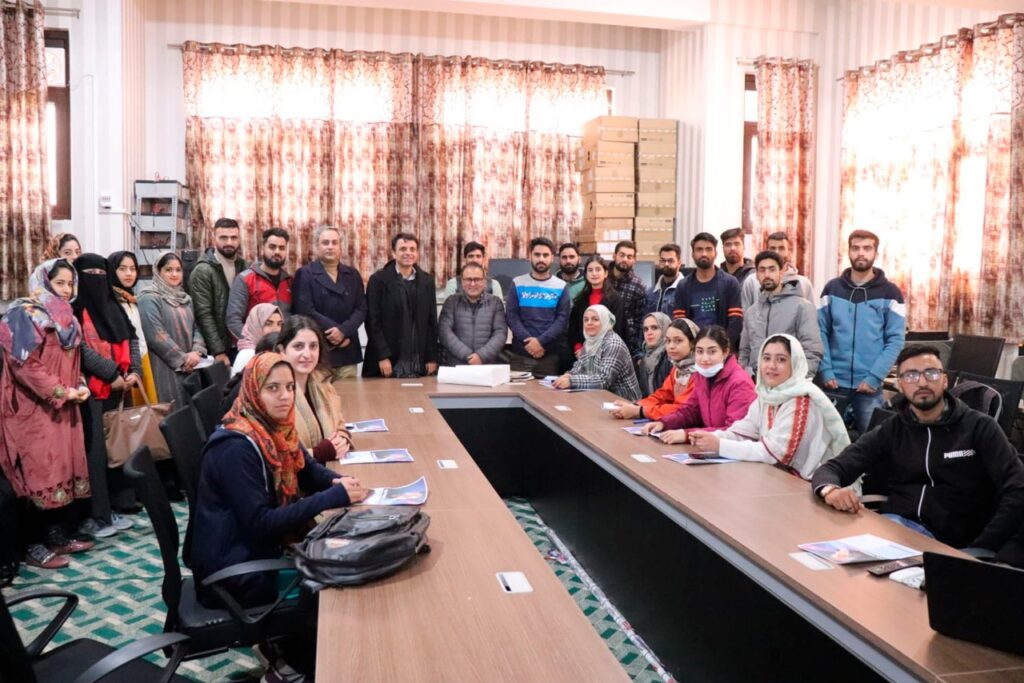
Srinagar, July 10: The Cultinno, an Innovation platform, in collaboration with the Confederation of Indian Industry (CII) organized a successful pitch party at the National Institute of Technology (NIT) Srinagar where students showcased their entrepreneurial prowess and presented their ground-breaking start-up ideas.
The event witnessed an overwhelming response, with approximately a dozen registrations, highlighting the growing entrepreneurial spirit among the student community in the Institute.


